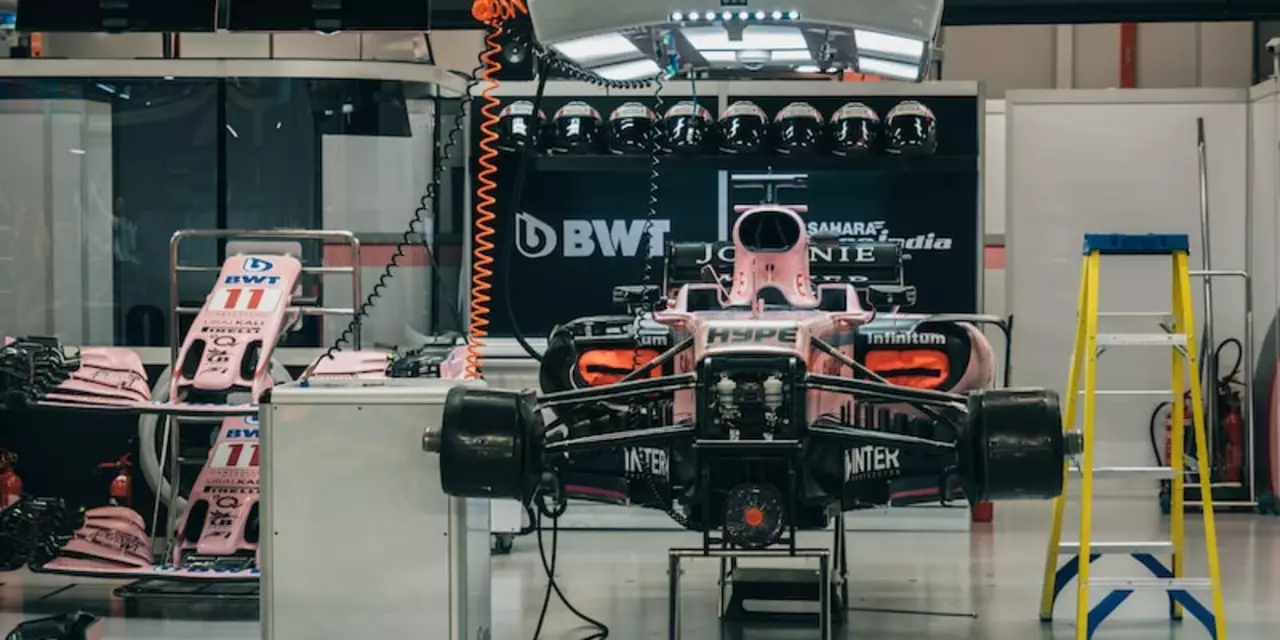Motorsports Software: The Tools Behind Racing Success
Ever wonder how a race car goes from fast to unbeatable? The secret isn’t just a powerful engine – it’s the software that lets engineers read, tweak, and predict every move. In this guide we break down the main types of software you’ll find on a modern pit lane and why they matter.
Data acquisition systems – real‑time eyes on the car
A data acquisition system (DAQ) is the first piece of the puzzle. Sensors tucked into the chassis, brakes, suspension and engine feed hundreds of data points to a laptop in the garage. Engineers watch speed, throttle position, tire temperature, g‑forces and more, all in real time. The beauty is that they can spot a problem before the driver even feels it – like a sudden rise in brake temperature that could lead to fade. Because the data is stored lap by lap, teams can compare a qualifying lap with a race lap and see where the car lost grip.
Performance analysis & simulation – turning numbers into speed
Once the raw data is collected, performance analysis software takes over. Programs such as MoTeC, Bosch Motorsport or AIM convert the streams into visual graphs that highlight trends. Engineers can see, for example, that a driver is under‑steering in the middle sector and adjust the front wing angle accordingly. The same software often includes predictive modules that simulate how a change will affect lap time before the crew even steps into the garage.
3‑D simulation tools like CFD (computational fluid dynamics) or vehicle dynamics simulators let teams model the car in a virtual wind tunnel. You can test a new diffuser shape, a different suspension setup, or even a fresh tire compound without spending a single hour on track. The simulation feeds back expected changes in downforce, drag and handling, so engineers can prioritize the most promising ideas.
Telematics and cloud‑based platforms have added a new layer of convenience. Today, engineers can stream live data to a remote office, run analysis on powerful servers, and send setup changes back to the pit crew in seconds. This means a team can have a data scientist in the next country working side‑by‑side with the race engineer, all thanks to the same software stack.
For anyone getting started, the best approach is to focus on a single DAQ package and learn its basics – how to set up sensors, record laps, and export data. Once comfortable, move on to analysis tools that can read those files and generate useful charts. Many manufacturers offer trial versions, so you can experiment without a huge investment.
Bottom line: motorsports software is the bridge between raw car performance and the strategic decisions that win races. Whether you’re a hobbyist building a track day car or an aspiring race engineer, mastering data acquisition, analysis and simulation will put you miles ahead of the competition.
